Fighting COVID-19 with Silver: The Story of Cambridge Security Seals
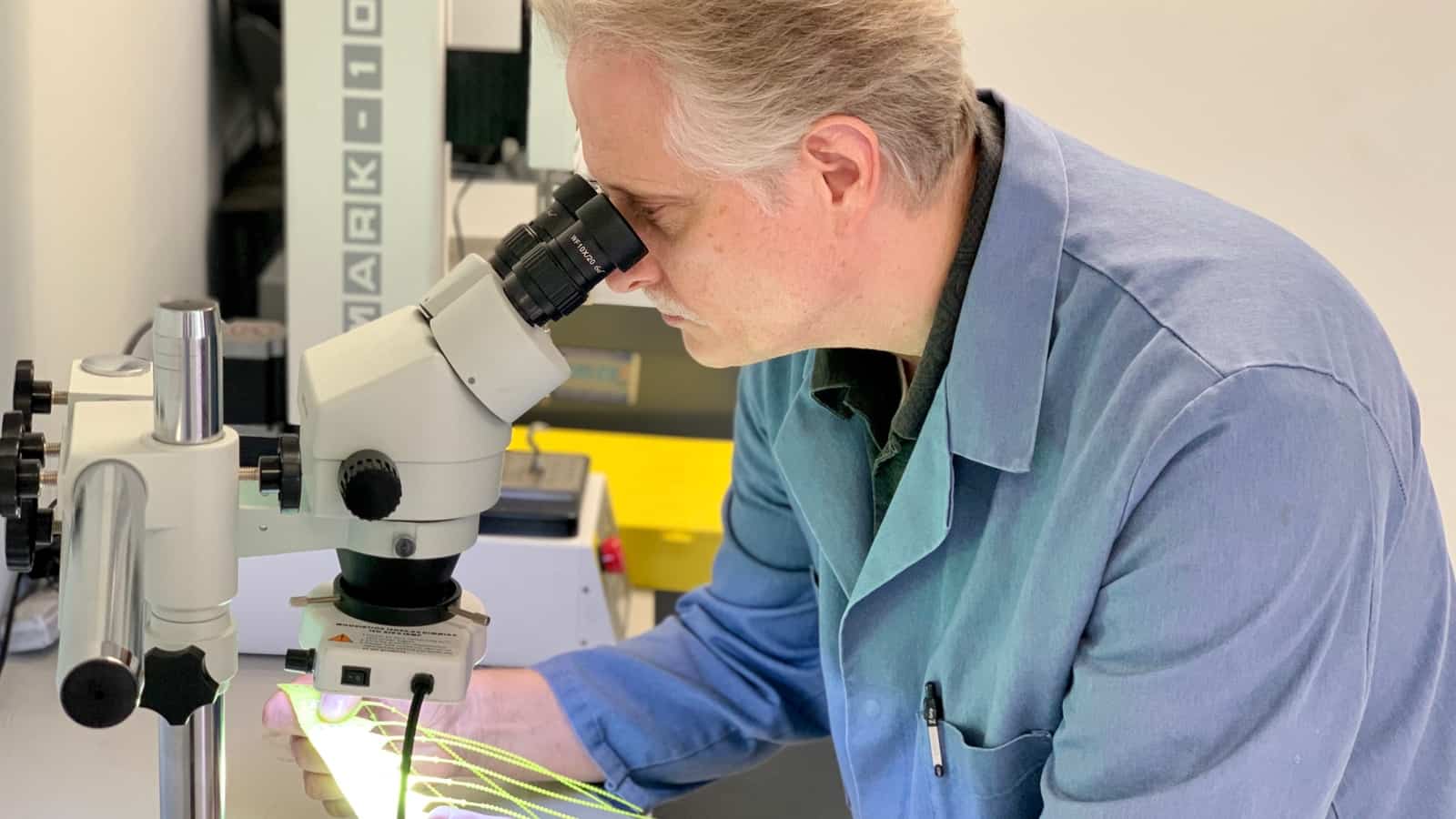
Have you ever thought about how many people touch an airplane catering cart before you get served? It’s quite a lot. That’s why airlines employ security seals—if someone along the way tampers with the cart, thereby breaking the seal, the airline will see the evidence. But COVID-19 has created another reason to be suspicious of touch: it can spread the virus.
That’s why one manufacturer upped its game. Cambridge Security Seals makes tamper-evident closures that are used on everything from ballot boxes to fire extinguishers to trucks transporting goods—and yes, on your plane’s meal and beverage carts. To protect all those people who handle a seal along a box or cart’s journey to its final destination, Cambridge created its A-MVB™ line of antimicrobial, antiviral and antibacterial seals. 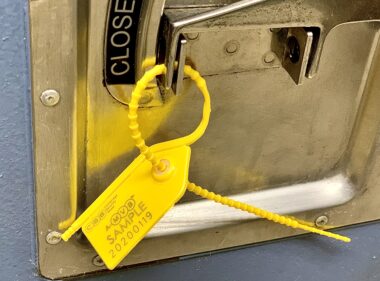
How it’s made: Taking inspiration from metal-lined and infused products that help post-surgery patients ward off infections, Cambridge worked out a way to blend a silver additive into its products. When done correctly, the silver permeates the whole seal, creating a totally inhospitable environment for the virus.
How it works: The silver in the seals prevents bacteria, which the virus clings to, from flourishing on their surface. As Cambridge CEO Elisha Tropper suggests, it’s less like sending in a football team to beat another squad, and more like canceling the game entirely.
Walking the walk: Cambridge is also taking steps to keep its facilities safe and virus-free, including:
- Social distancing to prevent illness from spreading;
- Reimagined workstations to keep employees separated;
- Temperature checks to identify anyone entering the facility who might be sick; and
- Face coverings to prevent particles from circulating.
A modest innovator: Tropper is humble about Cambridge Security Seals’ accomplishment. “We’re not talking about a revolutionary idea,” he says. “The additive we’re using has FDA approval. The science has been validated. We didn’t split the atom—we solved a problem by building on and further developing existing formulations until we were able to successfully mold them into this application. We knew the advantages would be significant.”
Researchers Discover New Method of Carbon Capture
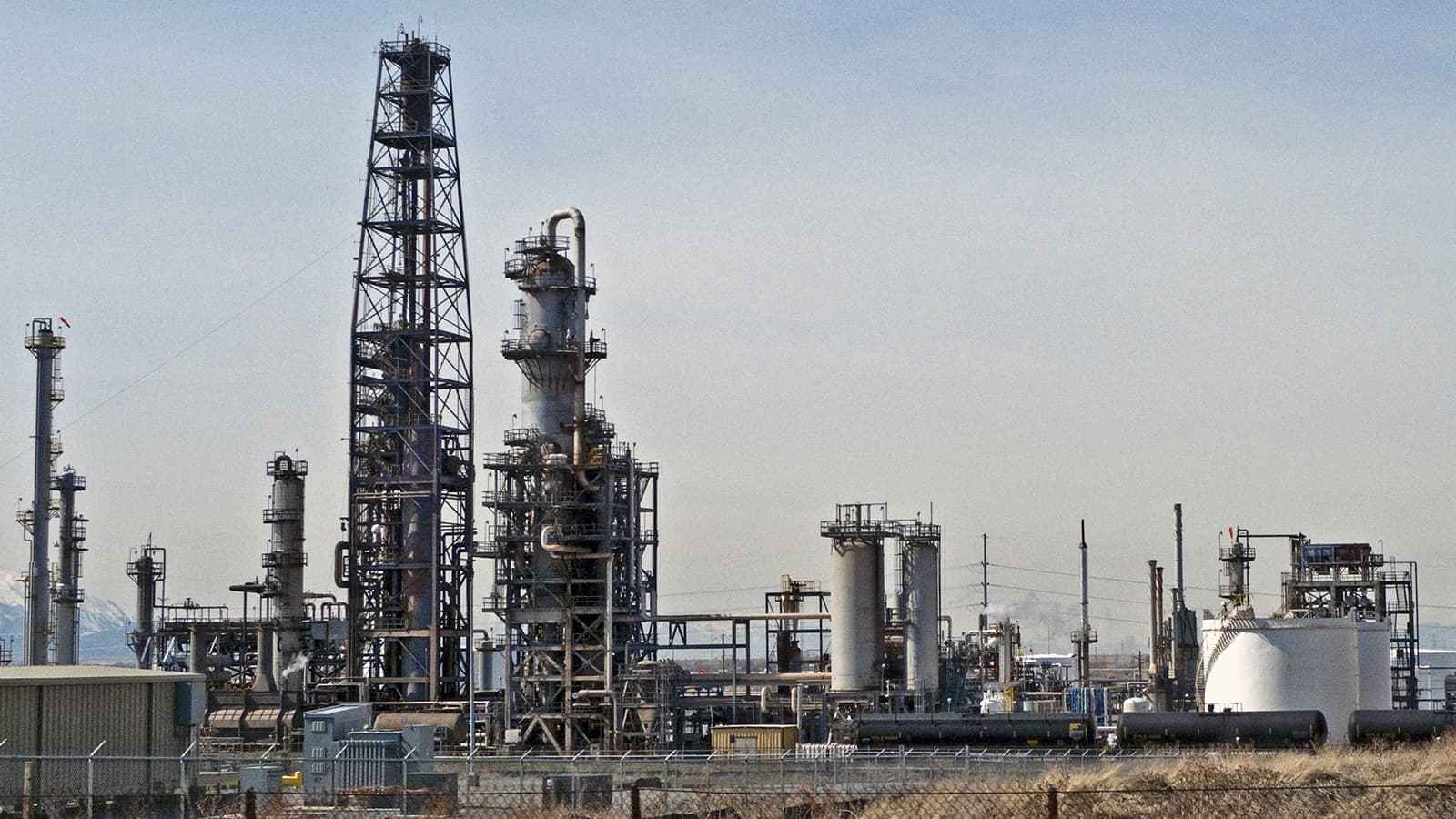
Scrubbing CO2 out of natural gas power plant emissions just got easier, due to a breakthrough from scientists at the University of California, Berkeley, Lawrence Berkeley National Laboratory and ExxonMobil.
The bottom line: The new technology is six times more effective at removing CO2 than current technologies . . . hitting an impressive 90% capture rate, according to a writeup in Gas World.
How it works: “The new technique uses a highly porous material called a metal-organic framework (MOF), modified with nitrogen-containing amine molecules to capture the CO2 and low temperature steam to flush out the CO2 for other uses or to sequester it underground.”
But remember, it takes federal policies to support this kind of wholesale carbon capture. And speaking of which . . .
Sneak peek: The NAM is working on a raft of climate recommendations, which it will release later this year. Here’s a preview of what the report will recommend on carbon capture. Lawmakers should:
- “Finish clarifying the rules governing access to the Section 45Q carbon capture tax credit so that project developers have the certainty they need to make investments in CCUS projects”;
- “Develop a clear standard for the handling of long-term liability for CO2 transfers”;
- “Resolve pore space ownership issues”;
- “Correct barriers to CO2 storage on federal lands”;
- “Reform the class VI underground injection program to foster the build-out of underground CO2 storage projects”;
- “Increase funding for federal CCUS research, development and demonstration programs”; and
- “Ensure programs are authorized and reduce permitting barriers that delay construction of CCUS projects.”
The Latest News on Vaccines
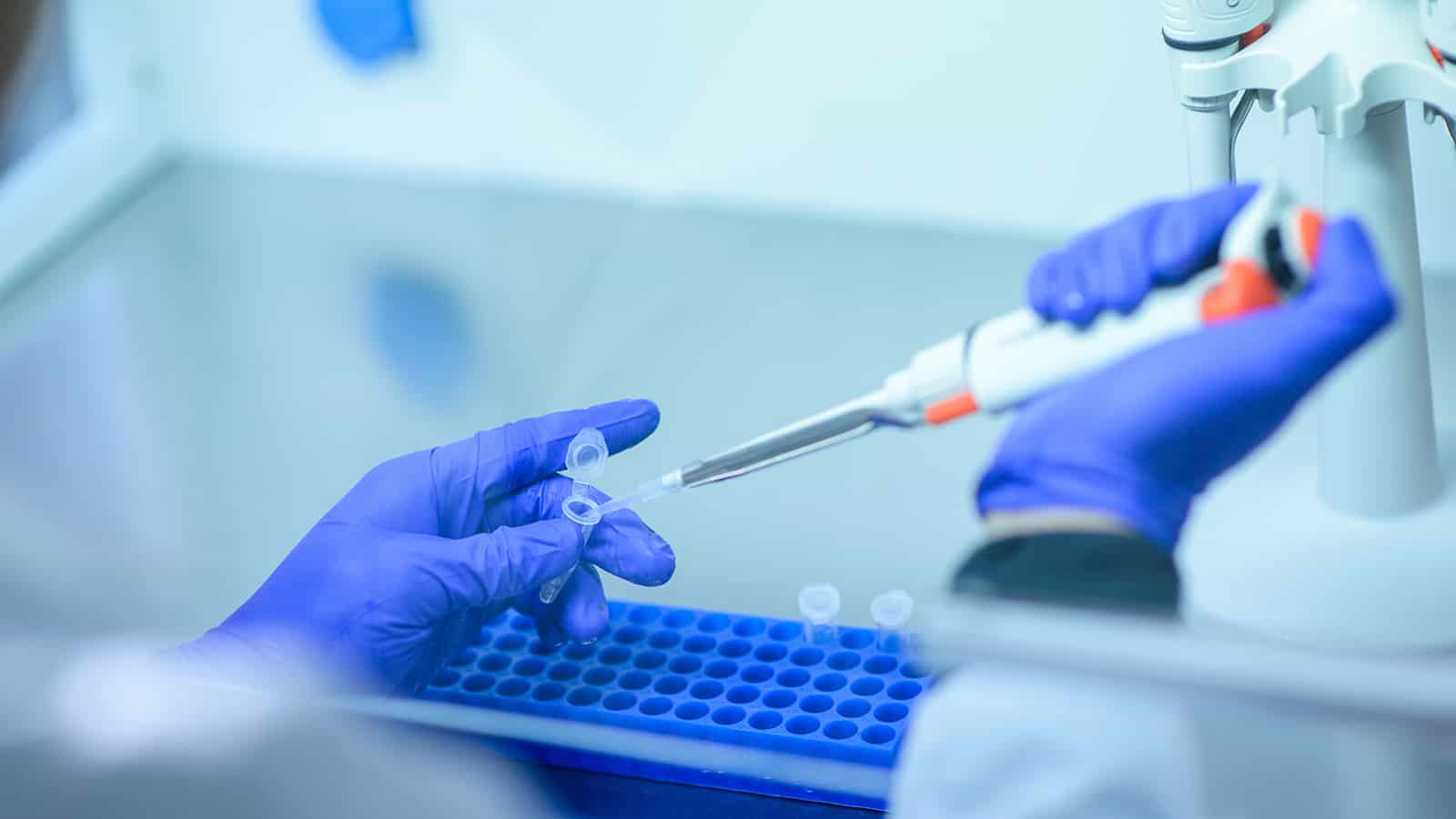
Here’s some good news: Moderna’s final-stage COVID-19 vaccine test began on Monday, according to The Wall Street Journal (subscription). The company’s researchers intend to conduct a nationwide, 30,000-person trial of its experimental vaccine, with the goal of testing whether two doses of the product can safely protect against COVID-19.
The timeline: Moderna is hoping that, with positive results, a vaccine could be available as early as this fall.
And more good news: Pfizer and German biotech BioNTech have also started their 30,000-person trials, which will extend around the globe. Their timeline? To get the vaccine into regulatory review by the fall.
So once a vaccine is ready, what happens next? A whole bunch of logistical challenges is what. The Atlantic details some of the complications involved:
- A vaccine probably won’t offer complete protection, though it will prevent severe cases.
- Production will be a challenge, with manufacturers seeking to make hundreds of millions of doses in record time and jockeying for supplies like glass vials.
- Distribution will face major hurdles as federal and state governments are forced to coordinate vaccine delivery.
- One in five Americans say they will refuse to get a vaccine even if it’s available, while nearly a third say they haven’t decided.
And one last PSA: STAT News gives us a heads-up that these vaccines may create some physical discomfort. That may actually be good news—the reaction could be a sign of your immune system going to work—but it’s probably best not to expect an entirely pleasant experience from a potentially lifesaving vaccine.
As always, your best bet for now is to follow CDC guidelines, wash your hands, maintain social distancing and wear a face covering.
Kent Corporation Had a Pandemic Plan Ready to Go
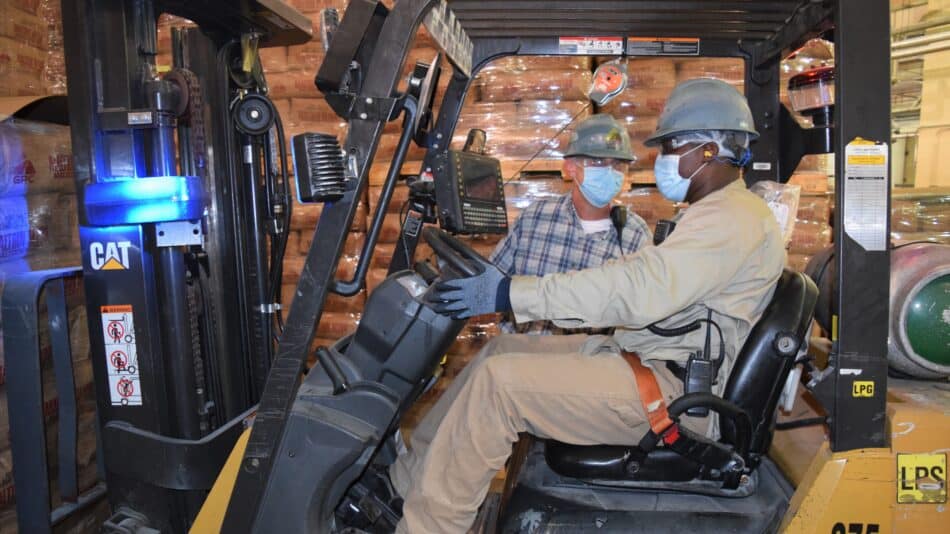
When the COVID-19 pandemic struck the United States, Kent Corporation—an Iowa-based food and beverage manufacturer—was ready. In fact, the company had been ready for 11 years.
Back in 2009, Kent Corporation implemented a pandemic response protocol. Prepared by the company’s own human resources group, it was designed to help the company find solutions to novel problems, implement procedures and distribute information internally within the company.
A fast start: According to Chairman and CEO Gage Kent, having that method on the shelf helped the company spring into action. It quickly formed a 100-person pandemic response team and came up with protocols to keep employees safe and the business running. The company also made use of the NAM’s information resources, which it said were “key” throughout the pandemic.
Its protocols have included:
- Reconfiguring workspaces to allow more space between employees;
- Adjusting traffic flow through the company’s facilities and buildings to improve social distancing;
- Platooning employees by bringing them in and out of the facilities in segmented groups, to prevent or track potential infections and mitigate the impact of any outbreak;
- Using IT platforms that allow anyone who can work from home to do so;
- Conducting temperature screenings, which include checks at the gate for everyone who comes in;
- Promoting “Safety at Home” standards, which encourage employees to take precautions in their own homes just as they do at work; and
- Constantly communicating to keep employees informed during the pandemic.
Helping the response effort: In addition to its essential work in the food and beverage industry, Kent Corporation also makes high-quality alcohol that can be used for pharmaceuticals and COVID-19 sanitation purposes—including in hand sanitizer, wipes and other surface cleaners.
Recognized for excellence: In May, Kent Corporation was named as a 2020 U.S. Best Managed Company—an award by Deloitte Private and The Wall Street Journal that recognizes private-company success based on strategy, execution, culture and financials.
The last word: “We have a culture of trying to live our core values: honesty, safety, quality and timeliness,” said Gage Kent. “We want all our stakeholders to be happy with the way we operate—our shareholders, our customers, our employees and our community. We want to be able to achieve that today, just as we have worked to achieve it on a daily basis for 93 years.”
The Future of Medical Innovation: An Interview with UL
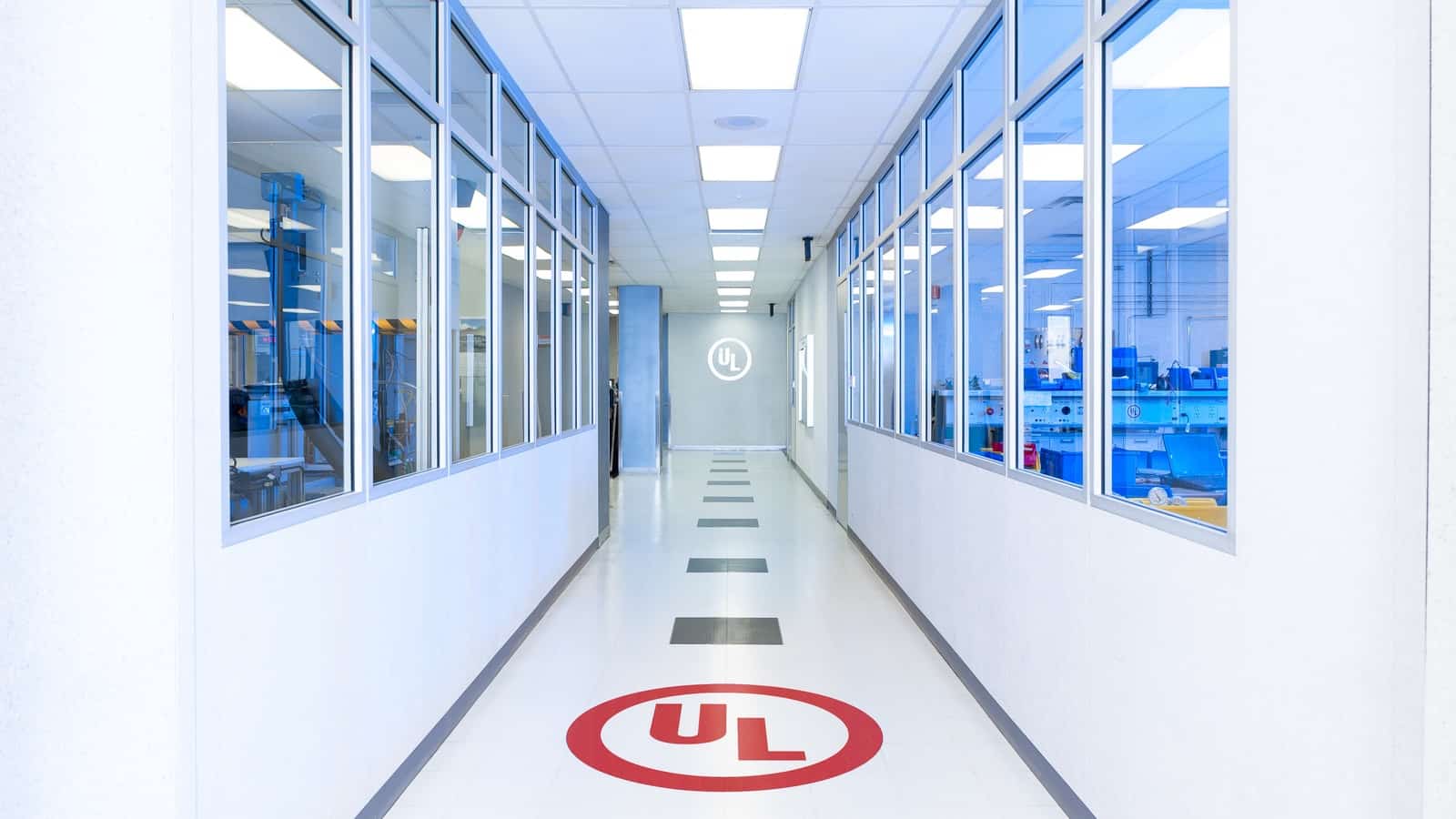
What if your next best defense against COVID-19 is a high-tech ring? What if you could get a kit, complete with a pulse oximeter, to monitor your symptoms properly at home? All these devices and more are in development, and at some point on their journey, many of them pass through independent testing laboratory UL. We recently talked to UL Life and Health Sciences Americas General Manager and Global Technical Excellence and Programs Director Deborah Jennings-Conner, who gave us a look into this fascinating frontier of invention.
How to make a ventilator: As we know, plenty of manufacturers have refitted their factories to make medical devices, respirators, ventilators and many other crucial supplies. The process is much more complicated than you might expect, says Jennings-Conner.
- For one thing, most manufacturers are used to replacing parts when they have to. But for medical devices? Not possible. You cannot arbitrarily substitute components; the product has to be “exactly what the regulator approved.”
- So part of the difficulty in converting factories lies in retraining staff, Jennings-Conner warns. That’s why auto manufacturers were such a good fit for ventilator-making—they were already used to stringent quality management requirements.
- Furthermore, manufacturers of medical devices must be able to learn about “any adverse effects, from production to market,” and then report those to the FDA. She points out that most manufacturers aren’t used to that sort of rigor.
New innovations: Jennings-Conner walked us through some of the fabulous new inventions that UL is helping get to market. These are the sorts of things that could transform our medical experiences even after COVID-19, she predicts.
- A UV sanitation room: Made by PurpleSun, this modular paneling system uses ultraviolet light to disinfect entire rooms of equipment—and better yet, it’s mobile. The UL-certified model E300 Modular Paneling System is now in production.
- Wearable devices: These are big news, says Jennings-Conner. Take the Oura ring, which the NBA bought for its players and staff to wear (on a voluntary basis). It’s a powerful piece of technology, which tracks your pulse, heart rate variability, physical activity and temperature. Heart rate variability can be an early indication of sickness, she notes. In fact, a recent study found the Oura ring can predict COVID-19 symptoms up to three days in advance with 90% accuracy.
- At-home medical kits: UL is in discussions with Graftworx, a company that makes devices that monitor patients’ symptoms at home. One such device is the “forgettable smartpatch,” which the wearer can put on and forget about—while it continuously records clinical metrics that can be transmitted to physicians. The pandemic has reordered patient care by forcing many more people to use telemedicine, notes Jennings-Conner—and such devices could make remote medicine a thousand times more powerful.
Inside the factory: If you’re wondering how all this happens amid lockdowns and social distancing, UL’s processes are also subject to innovation. UL has started “witnessing” its clients’ tests over video and auditing their facilities remotely. Oh, and this works in reverse—UL has done testing on behalf of some customers who closed their facilities, installing cameras in its labs so they can watch.
Advice for manufacturers: “Talk to us at the beginning,” says Jennings-Conner. “Once you’re set in your design, it’s hard to go back; that can be cost prohibitive, especially if you’ve already picked your suppliers. Talk to us early, and we can help you navigate the regulatory pathway and support smoother market access.”
The Company Behind the Masks: Talking to Testing Firm Intertek
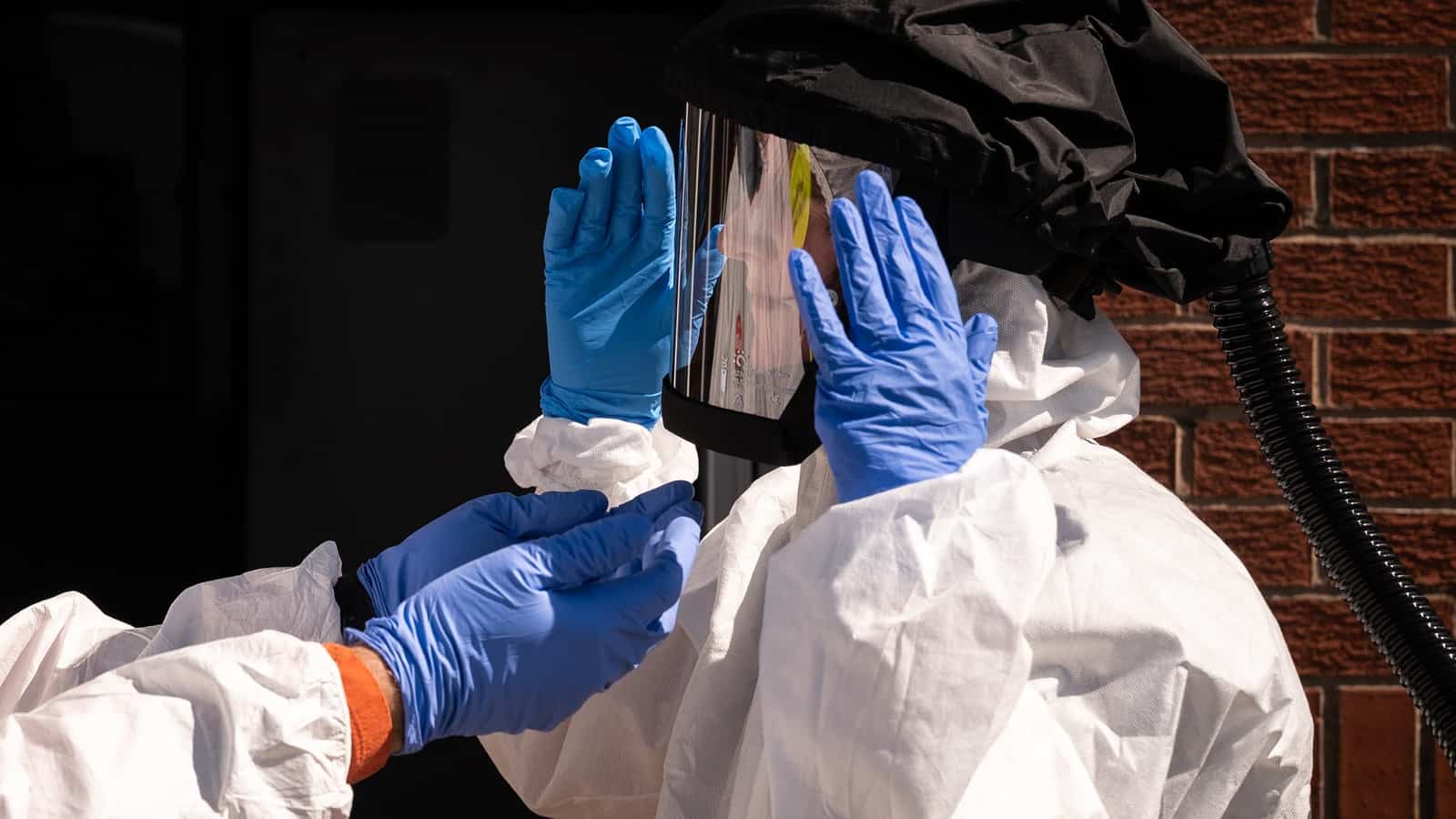
With thousands of new respirators and medical devices in production due to COVID-19, who makes sure they meet safety standards and regulations? Independent testing laboratories provide these needed services. Due to the pandemic, they’re working overtime, helping manufacturers produce equipment for doctors, nurses, other frontline workers and even the rest of us.
We talked to one company, Intertek, about how it’s responding to the new reality. Intertek is one of the largest testers of consumer and industrial products in the world, with a network of more than 1,000 laboratories in over 100 countries. It’s had to adapt to increased demand—and requests for help from companies trying to keep their employees safe.
Meanwhile, the company has also adapted to the restrictions imposed by the lockdowns.
- Curbside pickup: With some customers unable to travel from their facilities—or even their homes—Intertek began sending out vans from its labs to pick up samples from manufacturers across the country.
- Virtual inspections: Some of Intertek’s inspections and audits involve sending employees out to manufacturers’ facilities. As these in-person inspections became more difficult, Intertek created a virtual program called InView, through which inspectors can video chat with customers and inspect products and workspaces remotely.
- Online training: With everyone stuck at home, Intertek has also faced a surge of requests for online and remote training courses. Led by the company’s experts, these courses cover everything from best practices to new standards to product safety pitfalls.
The last word: Intertek’s Vice President of Marketing, North America Derek Silva says, “Intertek has been testing products for more than 100 years to help ensure people’s health, safety and well-being. We recognized early on that our greatest contribution to fighting the pandemic was to keep doing what we do best, only faster and with greater flexibility for manufacturers.”
Let’s Go Ride a Bike: A Chat with Kent Int’l CEO Arnold Kamler
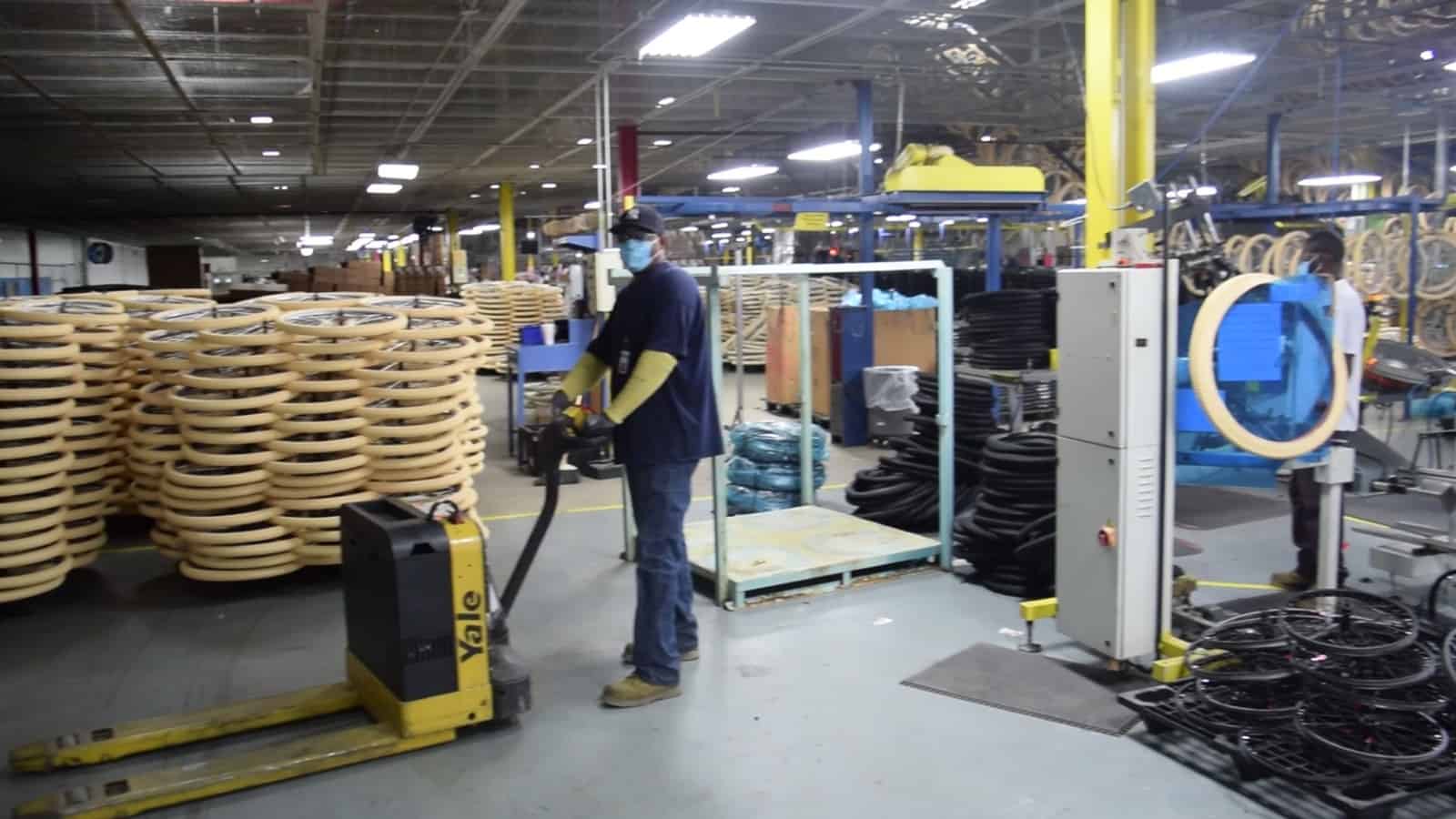
The pandemic has brought many people around to that longstanding means of mobility and exercise, the bicycle. And for Kent International, a bicycle manufacturer with facilities in New Jersey and South Carolina, that has meant busy days as it works to meet newfound demand.
We checked in with Chairman and CEO Arnold Kamler, who told us all about the company’s response to high demand and its stringent requirements for worker safety.
The numbers: According to a study by market researcher NPD Group, demand for bicycles (and related items, like helmets) increased by 75 percent in April, compared to last year. At Kent International, they noticed, Kamler says.
- During the peak demand period in April and May, Kent’s customers were selling between 12,000 and 15,000 bicycles per day, representing more sales than they typically see even in the 10 days before Christmas.
Strained supplies: Some of that demand has led to challenges, Kamler notes. With bicycles flying off the bike racks, Kent has put limits on what its biggest customers can order. A few months ago, one customer put in a request for about a million bicycles, to be shipped in one week—an order generated by algorithms and just not possible to fulfill, says Kamler. Meanwhile:
- The pandemic has interrupted global supply chains, making it difficult for Kent to get some required parts.
- It has also hampered transportation, preventing Kent from sourcing all the trucks required to deliver its products, particularly in the Los Angeles commercial zone.
Safety procedures: Kamler says the company is putting employees first, by designing rigorous standards to reduce risk and prevent COVID-19 transmission.
- Gloves and masks are mandatory in Kent’s facilities. (Protective eyewear was already a requirement.)
- Temperature monitors throughout the building are used to check for fevers.
- More spacing in the facility allows employees to practice social distancing.
- Testing is available at a local hospital, and Kent offers testing leave so that employees who are concerned they might be sick can get checked—even if they have no symptoms.
- Vigorous tracing ensures Kent can alert any employees who might have been exposed to a sick coworker, so they can get tested, too.
The last word: “We have a job to do: to protect our workers,” says Kamler. “We’re treating employees how we would want to be treated, and making sure they stay safe. We’re staying vigilant—because it doesn’t matter that you were perfect from April to June if you get sloppy in July.”
NAM Launches Cyber Cover to Protect Manufacturers
AHT Insurance and underwriter Coalition partner with the NAM to deliver cybersecurity solution
Today, the National Association of Manufacturers announced the launch of NAM Cyber Cover, an exclusive cybersecurity and risk mitigation program for its member companies and organizations. This critically important and timely offering was developed in partnership with AHT Insurance and Coalition, which specializes in underwriting cyber and technology insurance.
“Modern manufacturers are deploying advanced technologies that are transforming what we make and how we make it. This rapid digitization and the workplace disruptions created by the COVID-19 pandemic have created new and unprecedented risks for our members,” said NAM President and CEO Jay Timmons. “Our partnership with AHT and Coalition will help protect our industry from cyberattacks and ensure we can continue to lead our economic recovery and renewal.”
According to a recent Wall Street Journal article, nearly two-thirds of manufacturers currently have no cyber insurance, and many manufacturers have no plans to invest in improved cybersecurity measures or data protection efforts. Recognizing the significant threat cyber vulnerabilities pose to its diverse membership, the NAM led the creation of Cyber Cover.
“The inimitable exposures manufacturers face, coupled with an unrelenting target on the industry, necessitates a pivot in how cyber programs are structured,” said AHT President and CEO David Schaefer. “We look forward to helping NAM members make that pivot to manage risks up front and protect themselves against cyberattacks.”
NAM Cyber Cover offers full support for responding to and recovering from potential risks and cyberattacks, differentiating it from traditional, standalone insurance.
“Manufacturers are more reliant on technology than ever before and more in need of a solution to survive catastrophic security failures and data breaches,” said Coalition Founder and CEO Joshua Motta. “We’re proud to partner with the NAM and AHT to revolutionize the way manufacturers mitigate cyber risk, providing security tools to prevent incidents and incident response support to mitigate losses, together with the safety of insurance.”
To learn more about NAM Cyber Cover, visit www.namcybercover.org
-NAM-
The National Association of Manufacturers is the largest manufacturing association in the United States, representing small and large manufacturers in every industrial sector and in all 50 states. Manufacturing employs more than 11.7 million men and women, contributes $2.37 trillion to the U.S. economy annually and has the largest economic multiplier of any major sector and accounts for 63% of private-sector research and development. The NAM is the powerful voice of the manufacturing community and the leading advocate for a policy agenda that helps manufacturers compete in the global economy and create jobs across the United States. For more information about the Manufacturers or to follow us on Twitter and Facebook, please visit www.nam.org.
–About AHT Insurance–
AHT Insurance is a brokerage and consulting firm offering property and casualty, employee benefits, retirement, personal and international services for a wide range of industries—notably receiving national recognition for its practices in areas including technology, manufacturing, government contracting and nonprofits. https://www.ahtins.com
–About Coalition–
Coalition combines comprehensive insurance and free cybersecurity tools to help businesses manage and mitigate cyber risk. Backed by A+/A rated insurers Swiss Re Corporate Solutions and Argo Group, Coalition provides companies with up to $10 million of cyber and technology insurance coverage in all 50 states and the District of Columbia. https://www.coalitioninc.com
“It Takes One Part Not to Make a Car”: An Interview with ALOM’s Hannah Kain
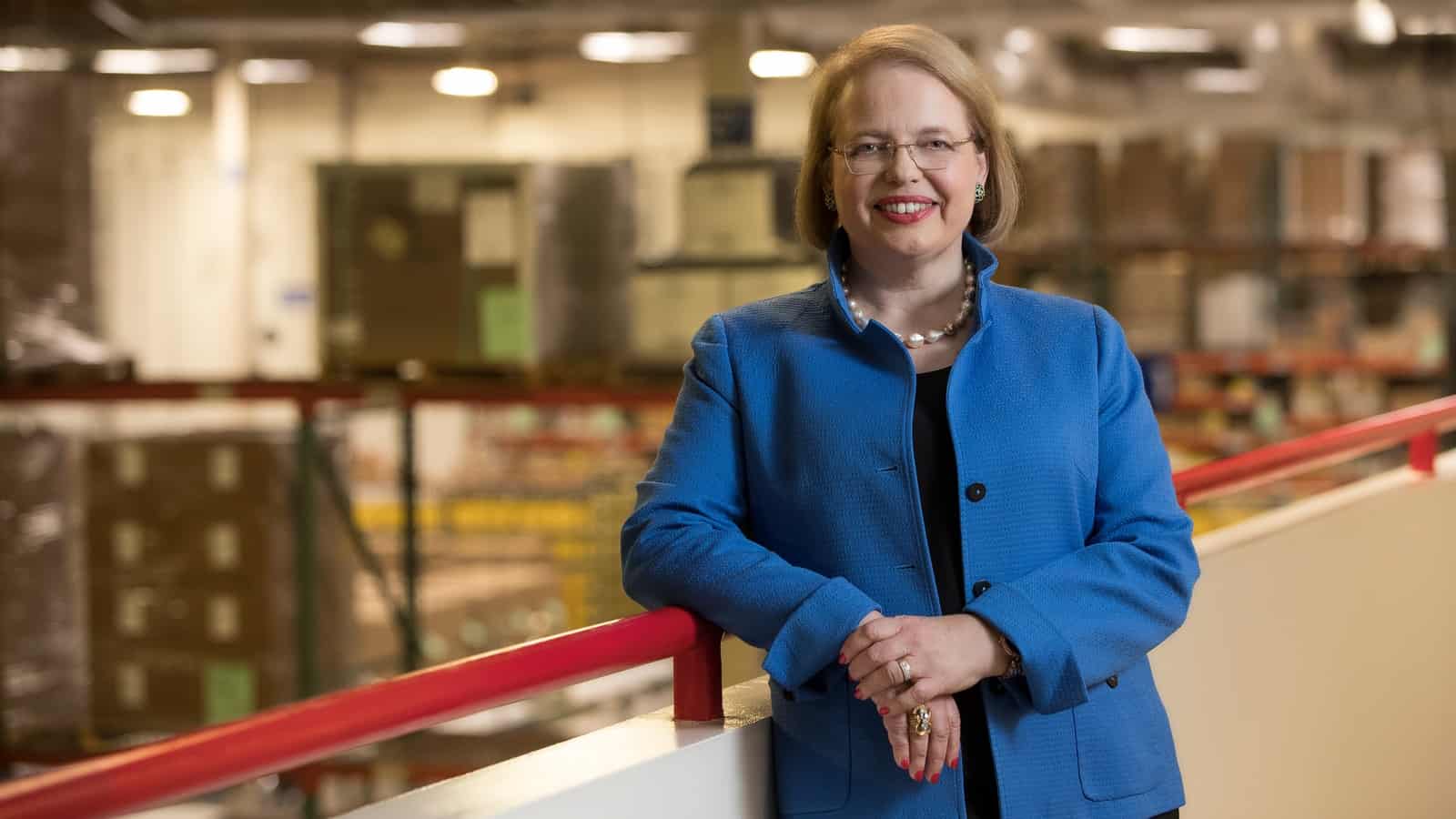
ALOM President and CEO Hannah Kain has been playing one of the most complex games imaginable: trying to retool global supply chains during a pandemic. And meanwhile, she’s overseeing the supply chain management company’s “aggressive” production of COVID-19 testing kits, while also manufacturing protective equipment for its customers and employees. We talked to Kain recently about what these complicated operations look like from the inside—and how manufacturers can adapt to supply chain uncertainty.
The supply side: A single finished good—say a car—could easily require thousands of parts from multiple countries, notes Kain (who is also an NAM board member). Now imagine that every single one of those parts could be held up on its journey. And that’s only the beginning.
- Here’s a risk factor that no one is thinking about, Kain says: “If we are manufacturing overseas, who is governing those places?” Companies need to fly engineers out to their foreign facilities to check certifications, labor conditions, etc. And now they often can’t.
- Meanwhile, freight rates have significantly increased, with rates from China “multiplying by a factor of 5.”
- Plus, many companies operate in multiple locations, each with different COVID-19 rules and restrictions. ALOM, for instance, works out of 19 locations around the world, Kain adds.
Put it all together, and it’s a recipe for anxiety. Kain says, “I remember someone from an automaker saying once—it takes 2,500 parts to make a car; 1 part not to make a car.”
The demand side: COVID-19 has reconfigured the market, Kain notes. Demand for medical supplies and home electronics went “through the roof,” while demand for other products cratered. This situation created what she calls the “pulsing supply chain”—i.e., “the disjunction between demand fluctuations and ability to meet them.”
So what’s her advice? For other manufacturers and supply chain experts: “Anyone who can react faster is going to win the game.” Agility is a necessity, in other words. Here are some of the tactics that ALOM and its customers have tried:
- Keep products unconfigured (or un-customized) until as late as possible in the production process—so the same part can be used for different purposes. The finishing touches can be added the day of shipment. “Customers think the products are sitting on shelves, but in fact they shouldn’t be,” says Kain.
- Make sure you know as much as possible about demand. “Visibility is key,” she stresses. Companies should research what’s going on at the retail level and use business intelligence tools, such as AI that tracks keywords on social media. And don’t forget to track the analytics on your own website—“that can actually predict a lot,” says Kain.
- Be smart about contracts. “If you have a critical supplier, try to ensure you’ll be first in line if there’s a restriction.”
- Be good to your suppliers. “Don’t tell them things like ‘we’ll now pay you every 120 days instead of every 60.’ And pay people early if you can.”
The last word: “I saw myself pulling back from strategic work and going into crisis management,” Kain says. Only now is she beginning to get back to her usual routine.
At the end of this interview, Kain mentioned she was off for a restorative weekend in Yosemite. We think you’ll agree she deserved it.
Timmons Congratulates AISI’s Dempsey on Interim CEO Announcement
Washington, D.C. – National Association of Manufacturers President and CEO Jay Timmons released this statement after the American Iron and Steel Institute, a member of the NAM’s Council of Manufacturing Associations, named Kevin Dempsey as interim CEO. This follows the planned retirement of CEO Thomas Gibson, announced in March.
“Kevin Dempsey’s expertise, experience and stellar reputation demonstrate that AISI will be in good hands as he builds on Tom Gibson’s legacy. He’s a proven, trusted and respected leader who will ensure a seamless transition for America’s steelmakers. I look forward to working with Kevin through the NAM’s Council of Manufacturing Associations as the entire manufacturing industry navigates the historic challenges of COVID-19 and helps lead our economic recovery and American renewal. More than ever, the nation is counting on the united efforts of manufacturers—and the entire business community—to move our nation forward.
“Throughout his 12 years at AISI, Tom has been a forceful advocate for America’s manufacturing workers and the steel industry in North America. It has been my privilege to call him a friend, a colleague and a chair of the CMA. I congratulate Tom on an impressive career and wish both Tom and Sheila well as he embarks on a happy and active retirement.”
-NAM-
The National Association of Manufacturers is the largest manufacturing association in the United States, representing small and large manufacturers in every industrial sector and in all 50 states. Manufacturing employs more than 11.7 million men and women, contributes $2.37 trillion to the U.S. economy annually and has the largest economic multiplier of any major sector and accounts for 63% of private-sector research and development. The NAM is the powerful voice of the manufacturing community and the leading advocate for a policy agenda that helps manufacturers compete in the global economy and create jobs across the United States. For more information about the Manufacturers or to follow us on Twitter and Facebook, please visit www.nam.org
